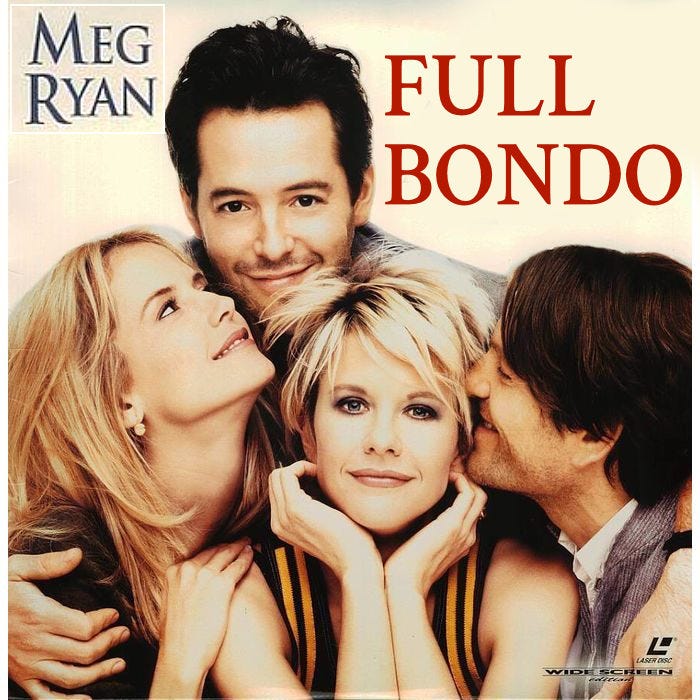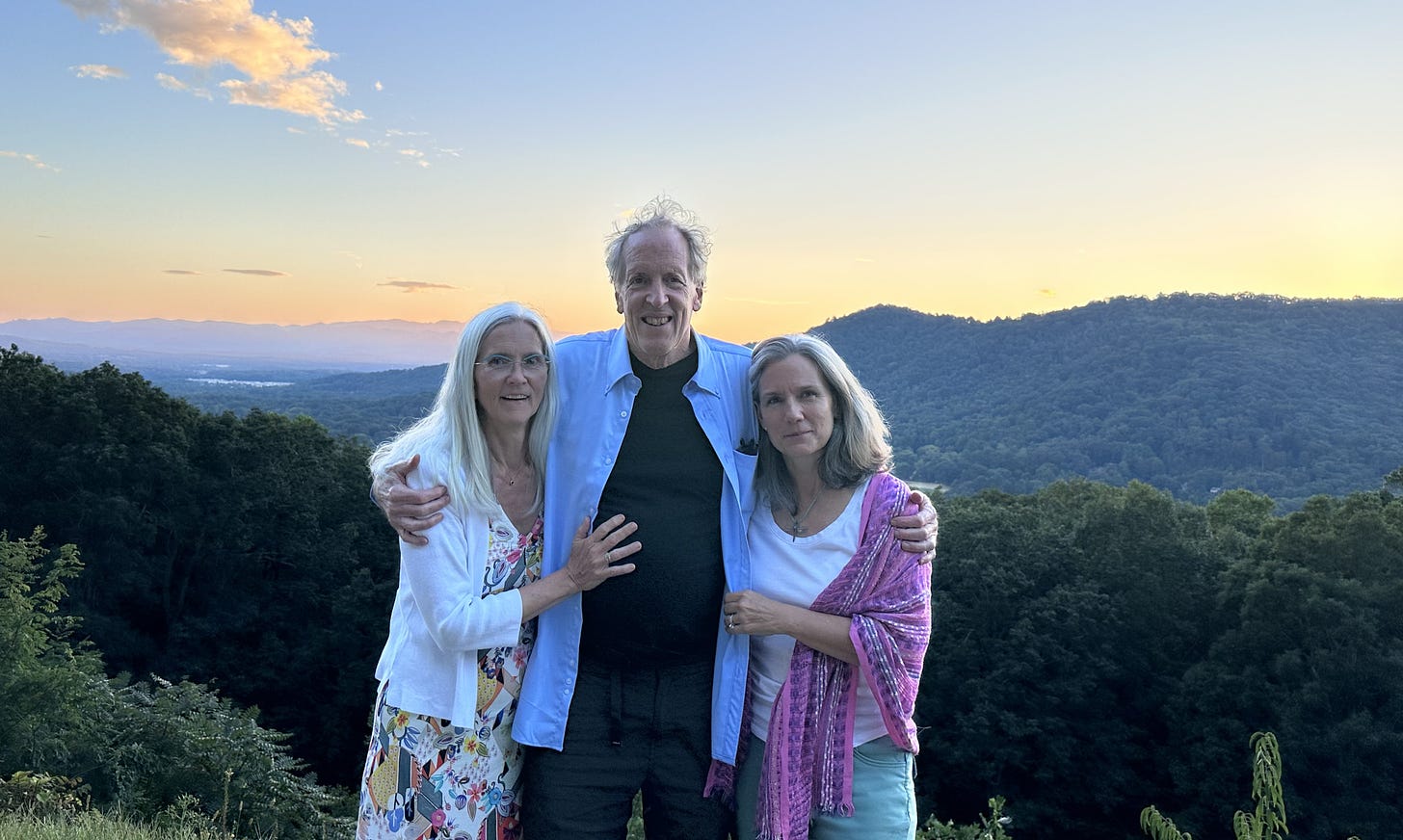“I feel like a kid in a candy shop!” Carole Anne gushed.
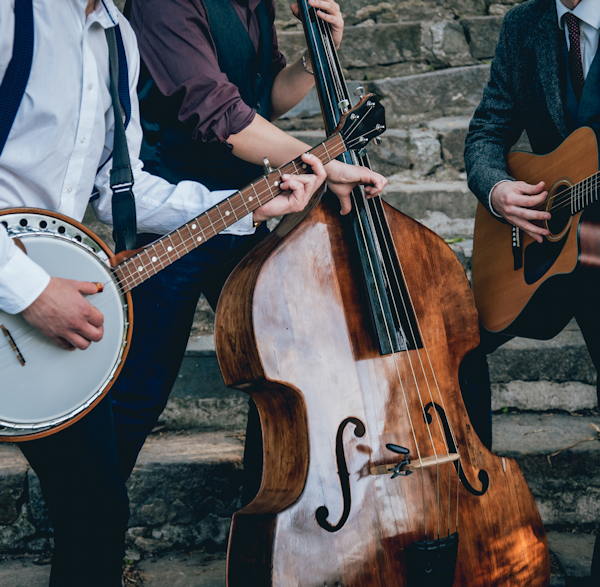
1. Connection — A shared, energetic vibration deepens through face-to-face proximity and time.
I was curious about Connection, so I clicked the dating button at the bottom of my Facebook screen. I had never noticed the little heart icon, but it stared at me dead center. I expected “Welcome to Dating” to appear; instead, the app signed me up.

That’s right, I innocently swiped through some pictures and, without creating a profile or clicking “Hook me up,” I was getting “Matched!
“Hello, Bruce,” Donna typed.
Holy shit. Facebook encouraged me further: “Wondering how to start the conversation?”
Lucky me, Donna had prepared personal hints to connect with her: “The best way to start chatting with me is to 1. Introduce yourself, 2. Ask me a question, 3. Send an icebreaker.
Three more matches popped in. Panicked, I skipped the icebreaker and clicked “Taking a break.”
This takes me to Connection. The dating geniuses at Meta are trying to nurture connections digitally. Donna’s ball was now in my court. If I followed the UX design, the back and forth would presumably lead to romance.
A study from the University of Kansas wanted to know how long it takes to go from a casual spark to a deep connection. They found that it takes about 50 hours of socializing to go from acquaintance to casual friend, 90 hours to become a “real” friend, and 200 hours to become a close friend. (Yikes, Donna. That’s 70 dates, assuming no sleepovers!)1

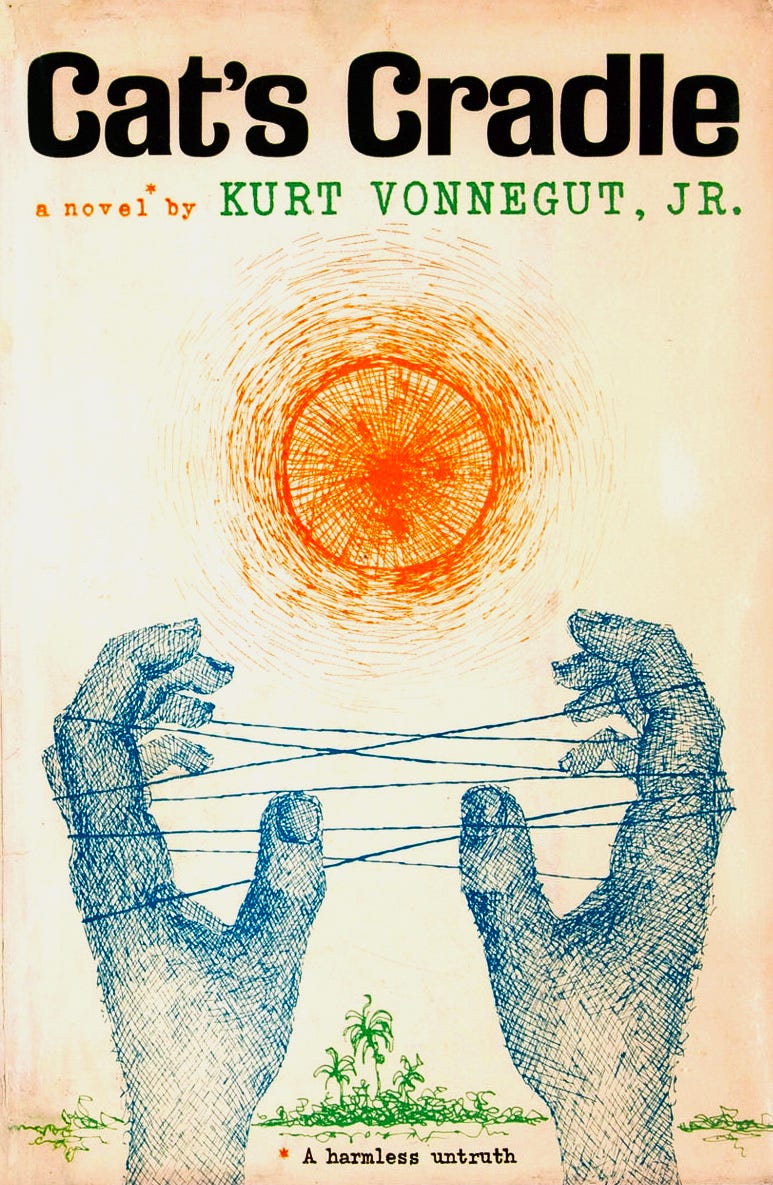
It’s a ridiculous study, but it reveals how connections deepen with time. The people we call our friends are mostly the people we go through life with. For you young’uns, author Kurt Vonnegut’s fictional religion, Bokononism, describes the people you go through life with as your Karass. You don’t sign up and may not even recognize your mission, but you share a deep connection “to do God’s work.”
Connection is no laughing matter. From the Surgeon General:
The physical health consequences of poor or insufficient connection include a 29% increased risk of heart disease, a 32% increased risk of stroke, and a 50% increased risk of developing dementia for older adults. Additionally, a lack of social connection increases the risk of premature death by more than 60%.2
Listen up. Loneliness is estimated to be as deadly as smoking up to 15 cigarettes daily. After recognizing the toll of disconnection during the pandemic, the famous sex therapist Dr. Ruth Westheimer, 95, began a year-long quest to become the Loneliness Ambassador for New York State. No such role existed, but she petitioned the governor until she was offered the job.
“Dr. Ruth Westheimer has offered her services to help older adults and all New Yorkers cope with the loneliness epidemic,” the governor said in a statement, “and I will be appointing her to serve as the nation’s first state-level honorary Ambassador to Loneliness.” Good on you, Dr. Ruth!3
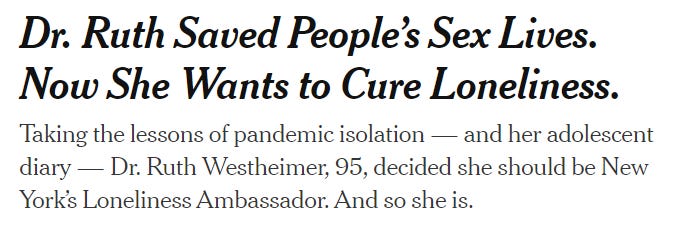
America is late to the table to understand the primal importance of Connection. In 2004, the Blue Zones project sought to understand which lifestyle practices support the longest-lived people on the planet. They discovered that people living in places like Okinawa, Japan; Sardinia, Italy; Nicoya, Costa Rica; and Ikaria, Greece, live to be over 100 years old. The people of Okinawa belong to moai (the Okinawan word for Karass?) These social support groups start in childhood and continue to age 100 or more. The newest Blue Zone, Singapore, is actively building the infrastructure to maximize social Connection.
The common denominator in all Blue Zones is a lifestyle that maximizes face-to-face interaction with friends, relatives, and community.
Singapore even gives tax breaks if elder parents live with their children.
Polyvagal theory explains why the nervous system responds to Singapore’s policy initiatives. According to the theory, face-to-face connections resonate in the ventral branch of the vagus nerve that connects the heart, facial expression, auditory, and vocalization. This part of the nervous system supports feeling physically safe and emotionally connected to others without activating “fight or flight,” the chemical response that upsets our equilibrium.
Imagine living in Ikaria, Greece, with its Mediterranean diet, stress-free living, midday siesta, and mineral hot springs. Dementia is non-existent in Ikaria, maybe because villagers link arm-in-arm and dance until dawn.
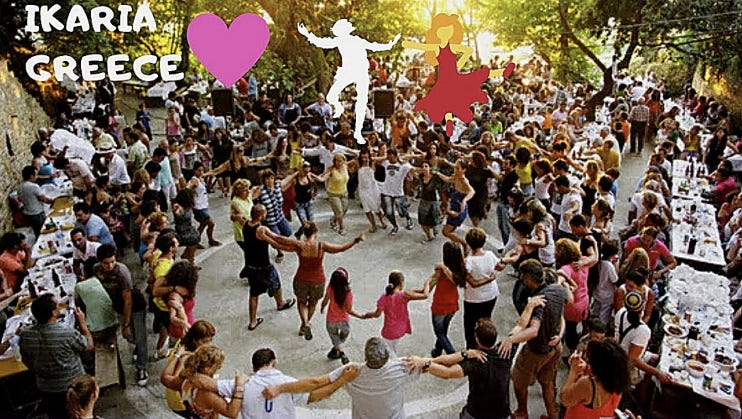
Beyond polyvagal, a new field of collective neuroscience explores how when we connect or share an experience, our brain waves synchronize like dancers moving together. The idea of “being on the same wavelength” is real and visible in the brain. Interbrain synchrony — or Connection — is a measurable marker of relationships. This research explains why we don’t always “click” with someone and why social isolation is so harmful to physical and mental health. Like rocking the cradle, we need these waves to co-regulate our nervous system.
If this is too heady, go with the Beach Boys:
I’m pickin’ up good vibrations. She’s giving me the excitations (oom bop bop).
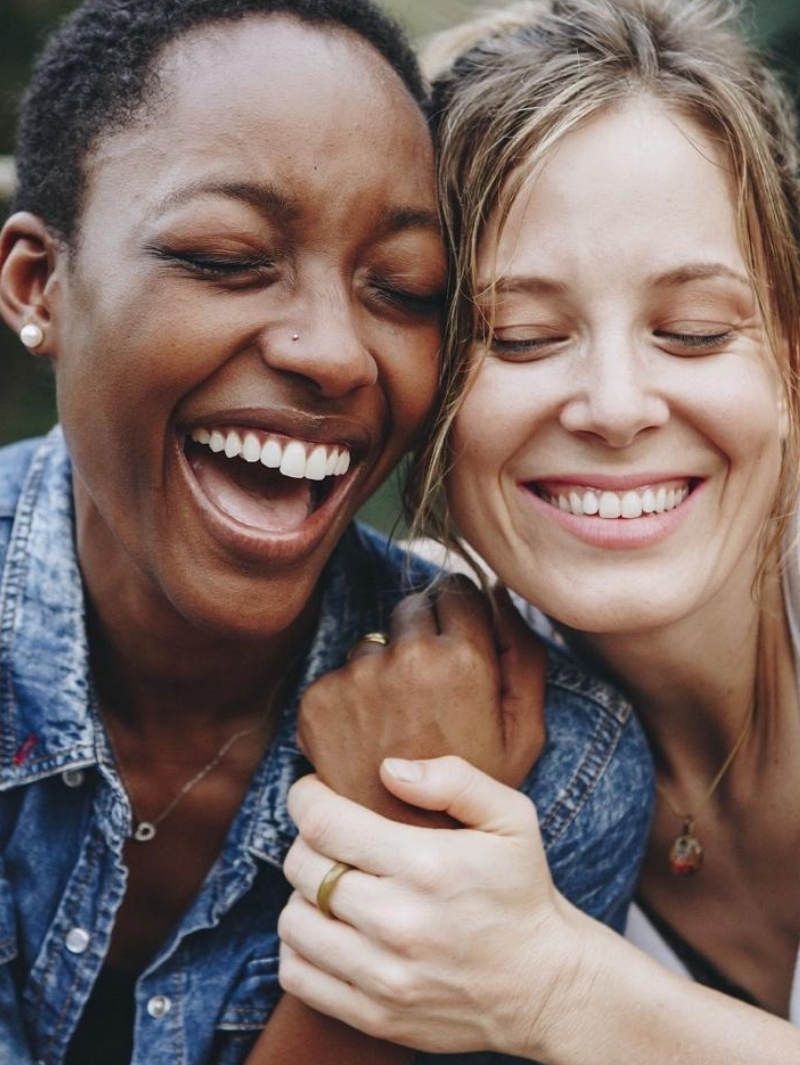
2. Conversation — Call and response is a creative force that builds the substance of intimacy.
This year has been hard. I vowed to be “in conversation” with one new person in this widower year. My requirements were simple: Person A is as likely to reach out to B as B to A. Alas, no dice. I know you’re thinking, “You could be icebreaking with Donna by now,” but given a choice between algorithm and organic life, I chose the latter.
Think of all the people with whom you have a running conversation: A co-worker, best friend, sibling, or your mom. Being in conversation means you can always pick up where you left off and don’t have to pre-schedule a call by text. Just pick up the phone and dial.
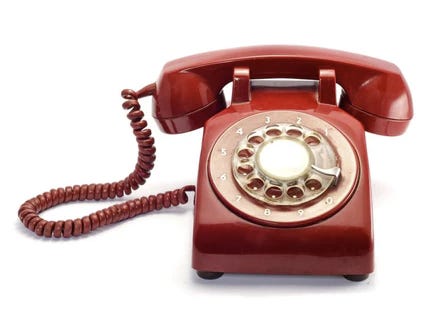
Communication can be one-way, but conversation always unfolds as a call and response. The roots of call and response go back to gospel and blues, the “field hollers” on the Southern plantations, and the rhythms of Africa. My Sufi teacher called it “living in the question” — to constantly prod your growing edge to see if an echo comes back — the same thing as throwing spaghetti at the wall to see what sticks.
Joseph Campbell described call and response in terms of the hero’s journey:
I have found that you do have only to take that one step toward the gods and they will then take ten steps toward you. That step, the heroic first step… often must be taken before you know that you will be supported.4
Emily Post warned about one-way communication in 1922: “Ideal conversation should be a matter of equal give and take, but the man who has been led to believe that he is a brilliant and interesting talker has been led to make himself a rapacious pest.” Don’t give up on me Emily. I’ve got one more month.
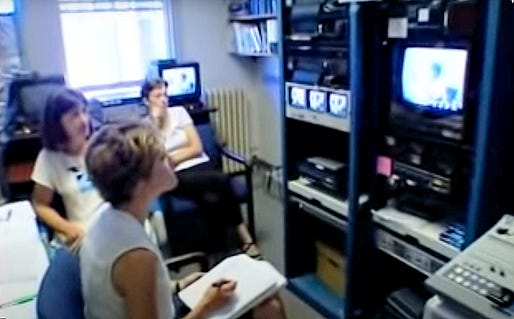
The Love Lab
In 1986, Dr. John Gottman and his colleagues built an apartment laboratory at the University of Washington that became widely known as the Love Lab. Their ground-breaking research observed hundreds of couples, recording facial expressions, heart rates, blood pressure, skin conductivity, and, importantly, conversations. Gottman discovered that successful couples maintained a “magic ratio” in conversation of five positive interactions to every one negative interaction (86 percent). And if that number slipped to 33 percent, it reliably predicted divorce.
Gottman called these interactions “bids for connection” — a form of call and response that functioned as the fundamental unit of emotional connection. Think of a “bid” as a small quark of Bondo.
In a relationship, bids are simple everyday gestures and conversations that call for a response: “How was your day?” “Wanna wash the dog?” “I’d love a gelato.” “Let’s watch a movie.” A bid could also be a smile, a wink, or a hand on a shoulder.
With long-running conversations, you may talk about yoga with one friend, recipes with another, and children with a third. Conversations are like board games, each with a theme, set of rules, cards, and tokens. The difference is that conversation is collaborative. We are building the substance of Bondo together.
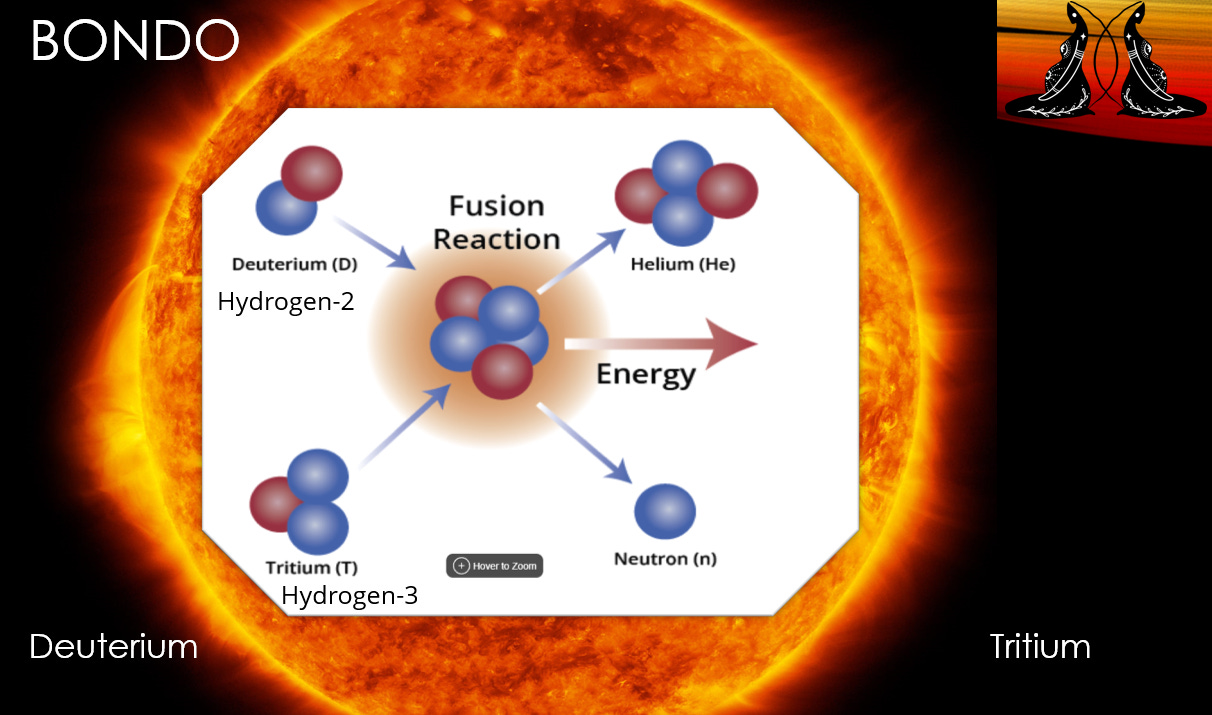
My working model for Bondo functions like nuclear fusion. The sunlight and warmth that make life on Earth possible result from a fusion reaction in the core of our Sun. Hydrogen nuclei collide, fuse into heavier helium atoms, and release tremendous energy. An enormous electrostatic repulsion exists between the hydrogen nuclei until that repulsion is overcome at a temperature of 15 million degrees Celsius. Conversation works the same way. It starts stilted or transactional, but like the nuclei, the back and forth picks up sufficient warmth and flow to overcome the “otherness” and create a new substance — Bondo.
If you were to record a typical conversation with a friend over lunch and then diagram the topics on a whiteboard, you’d see that the conversation bounced around like a madman. The circuitous structure and content of conversation are less important than the substance. In conversation, the walls of the heart soften and open to allow that substance to form as Bondo.
Blessed with a 40-year loving relationship, I took my allotment of Bondo for granted. All those years, I had a Bondo tap in the basement, and now I was searching for six-packs. Like many widowers, I quickly realized I had “Borrowed Bondo.” Karen served as the gatekeeper for the emotional connections in our world. (Any men reading this, take heed!)
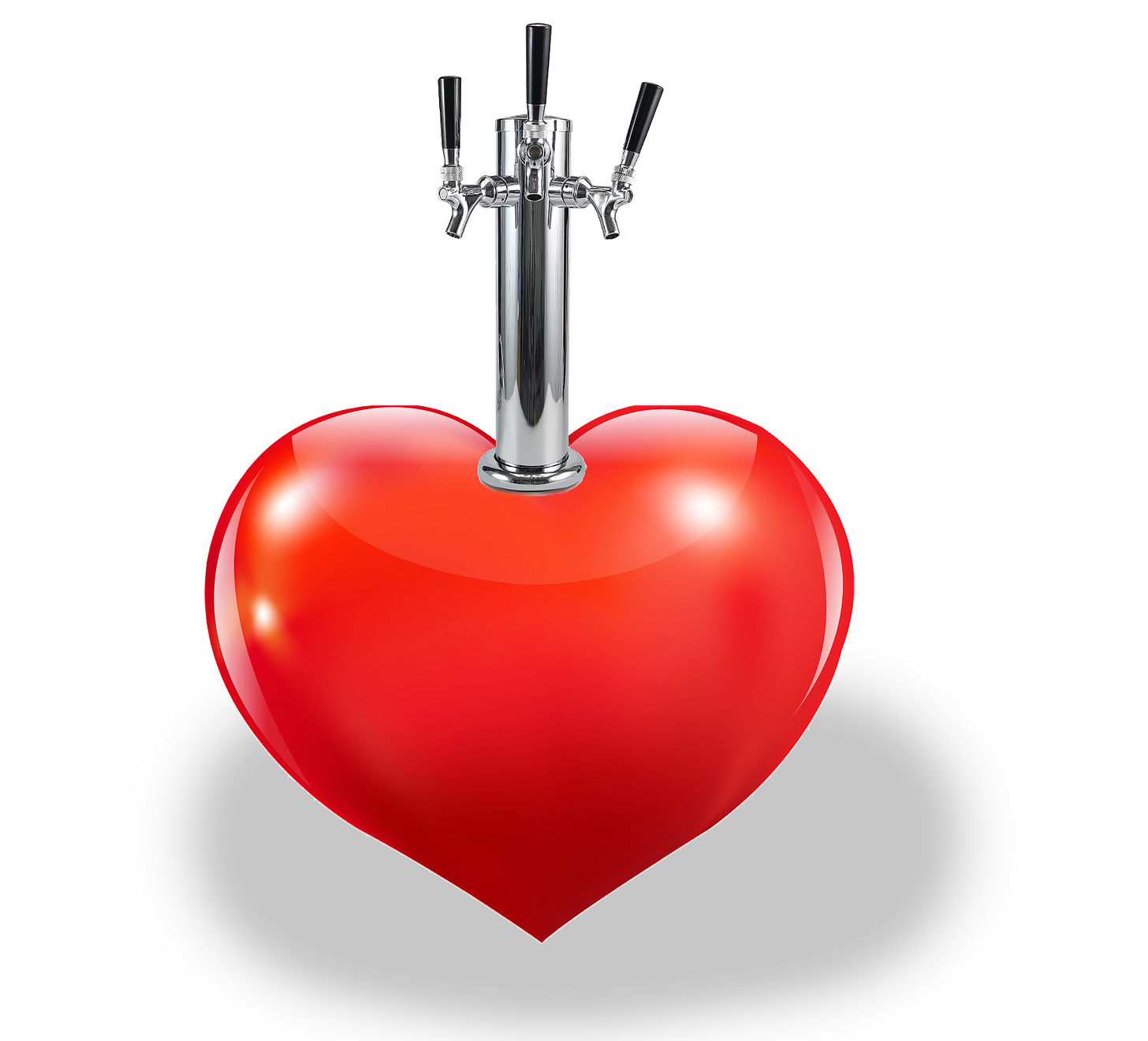
Bondo is my main work right now. Last night, I went out for a beer with a longtime friend, Daniel. We didn’t whiteboard our conversation but laughed, shared stories, drank beer, and flirted with the server. I did not take our precious Bondo for granted, either. Instead, I was guided by Thich Nhat Hanh, who understood deep conversation. He wrote:
“Deep listening is the kind of listening that helps us to keep compassion alive while the other speaks… During this time, you have in mind only one idea, one desire: to listen in order to give the other person the chance to speak out and suffer less.” ~Thich Nhat Hanh

3. CARING — Caring for our fellow humans begins with the gift of attention.
The Gift of Attention — The gift of attention is one of the greatest gifts we can offer to another. It is a sacred energy. It says, “You are important to me.
A Story about Caring — The plastic tube extending from Karen’s kidney jolted me like a piece of shock art. If you don’t know the genre, consider John Cage’s four-and-a-half minutes of orchestral silence, artist Marcel Duchamp’s bathroom urinal titled “Fountain,” or, more similar, the shock of architect Frank Gehry wrapping a sweet Santa Monica bungalow with angry chain link fencing and corrugated metal. The goal of shock art is to wake you from complacency, and the tube was real.

If the violation of feminine beauty wasn’t enough, a week later, Karen returned from the hospital with a second tube and then a third — a catheter — plus three collection bags. More challenging, I became the caregiver of the tubes. The terrible/beautiful experience of caring for the dressings transported me toward a Christ-like compassion — especially when I attempted to peel the super adhesive bandages off her beautiful figure without inflicting holy hell.
Caring is built into nature — a mother lion teaching her cubs, chimps coaxing their babies to climb, egrets picking harmful bugs off water buffaloes, zebras forming protective packs, the cleaner fish in coral reefs, and even dolphins protecting a swimmer from shark attacks. Everything about bees tells a cooperative story. These mama bear stories cross species and explain why mothers feel such a deep innate caring for their children even into adulthood, constantly aware of their child’s struggles, needs, and joys. Caring negates the “survival of the fittest” stories we were taught and explains why affection and cooperation are so deeply wired into Bondo.
Our beloveds live in our hearts like slots on a bookshelf. I wrote to our soul companions during Karen’s fateful night in the hospital, “If you pray, then pray. If you send light, that’s okay, too. I prefer feeling connected as a vast interconnected family journeying together.”
Knowing that your Karass has your back or that you and your partner are on the same team gives you the freedom to be yourself. In our relationships, caring is soul to soul and the essence of Bondo.

4. CURIOSITY — Everyone carries a hidden story of struggle and adversity that we can learn to embrace without judgment.
“Bruce, I’m accepting Langston into the program.”
“Are you sure?” I asked, my mind blown yet again. “You always end up with one student who makes you crazy.”
Karen had decided to invite a former Crips gang member into her chaplaincy program. Langston had lived on the streets of Los Angeles starting at age 12, with a criminal history of selling drugs, altercations with police, time in prison, and (she learned later) sexual violence.
“Yes, he was a gang member,” Karen explained, “but he also had a Christian conversion in prison, a call into ministry, and is now married with kids. I checked with my clinical sites, and everyone was willing, particularly because they are in the business of giving second chances.”
Curiosity guided Karen’s work. She called her students “Hidden Treasures” because of the soul stories beneath every surface.
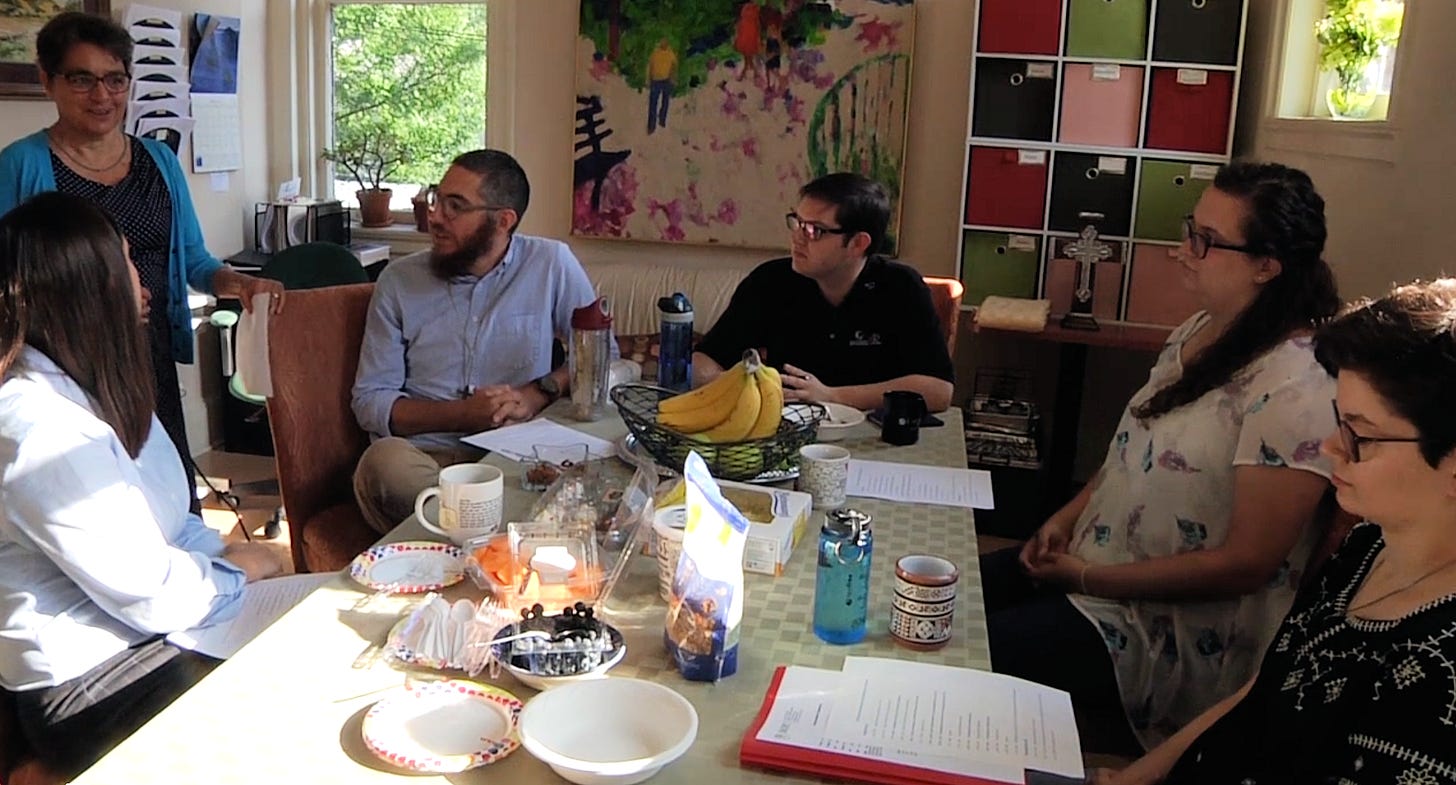
Karen wrote:
“I began my CPE and supervisory journey with the philosophical understanding that Clinical Pastoral Education was a living laboratory where we discover the I-Thou relationship between self and other. In a Sufi saying, God replies to David’s pondering about the purpose of creation: “I was a Hidden Treasure, and I loved to be known, so I created the world that I might be known.” In this way, each student carries a hidden treasure to be revealed through the work. In our group, Langston was always open and curious about himself and others.
As Langston and countless others have revealed, the living human documents of our work are hidden treasures. Despite the challenges we face of disease, loss, or tragic upbringings, all relationships are I-Thou relationships because all through life, our soul is guiding our journeys.”
In Denmark, The Human Library® is nurturing Curiosity toward fellow humans by collecting and sharing “human books,” people with challenging or inspirational life stories — perhaps a refugee, homeless person, Muslim, or transgender woman. Visitors are encouraged to “borrow” a person instead of a book to break down stereotypes and prejudices through dialogue.

Now in 80 countries, the movement was founded by Ronni Abergel, a Danish human rights activist who told CNN, “There’s a need for people to have conversations with others who see the world differently – minus the verbal combat. People want safe spaces to connect and maybe diffuse some of the tension in the air.”
When you move into Bondo with open-hearted Curiosity, you feel compassion for the story beneath the surface — the challenges, setbacks, failures, and triumphs.
Always remember, the chaplain at your bedside may have been a Crips gang member.
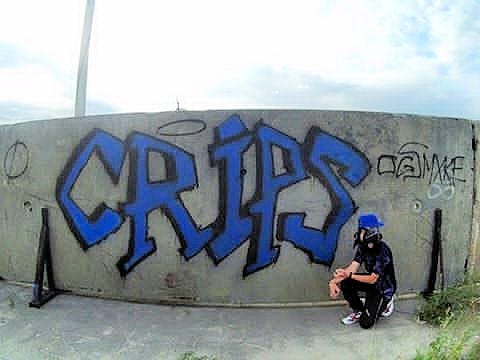

5. CIRCULATION — Like bees bringing pollen to the hive, intimacy is energized by the food of impressions we bring into a relationship.
What keeps the third C, Caring, from becoming co-dependent? Co-dependency is over-caring to the point that the caretaker defines themselves solely around another’s needs. Imagine two people tugging on a rope to the point their relationship comes to a standstill — this describes an absence of Circulation.
Being a foodie, I prefer the metaphor of wild yeast and bacteria circulating through open windows in San Francisco to ferment the dough. The wildness of Circulation makes the legendary loaf rise.

In the spirit of Circulation, I vowed to say yes to every invitation that came my way on my grieving journey. Rather than hunkering in the house, I said yes to everything outside my comfort, including a Hasidic Passover, a Muslim Ramadan Feast, a teenage rock concert, yoga graduation, brewery gatherings, a hardcore bicycle trip, football tailgater, an Italian film project, countless coffees, meals, and a crazy-ass ecstatic dance (below):
This radical trust in the stream of life has brought hope and wonder to my journey into the unknown.
Philosopher G.I. Gurdjieff (1867 – 1949) stated that humankind needs three types of food to live: The physical food we eat, the air we breathe, and the food of impressions. The first two provide the metabolic nutrients to survive. The food of impressions goes deeper to feed our nervous system. Vibration in the form of light, sound, touch, smell, and taste are taken in, blended by the nervous system, and processed to form impressions. Walking barefoot on the grass, bodysurfing a wave, listening to The Beatles, savoring a gourmet meal, phoning an old friend, getting a massage, or giving a talk all feed our being in essential ways that can’t be measured in calories, vitamins, or fats.
“Without impressions, a man cannot live a single moment,” Mr. Gurdjieff stated. “If the flow of impressions were to be stopped in some way or if the organism were deprived of its capacity for receiving impressions, it would immediately die. The flow of impressions coming to us from outside is like a driving belt communicating motion to us. The principal motor for us is nature, the surrounding world. Nature transmits to us through our impressions the energy by which we live and move and have our being. If the inflow of this energy is arrested, our machine will immediately stop working.”
~ G.I. Gurdjieff, on a road trip near Lascaux, France, in 1949.
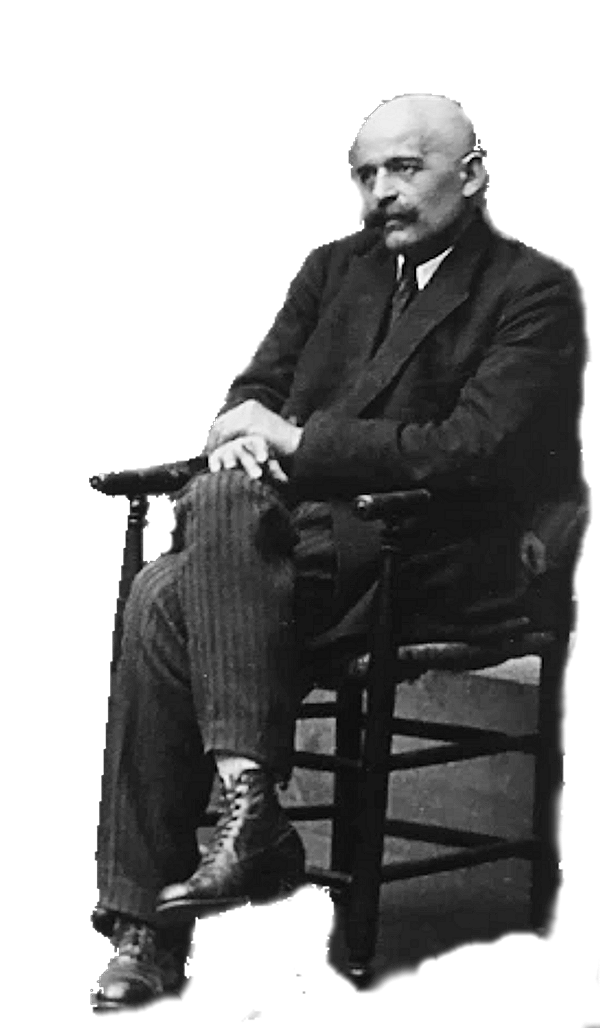
In this way, Circulation brings the food of impressions into a relationship to energize it. We might ask, “What happened at work today? How was the ecstatic dance? Is that gang member student working out?”
In my Sufi work, the guest was considered the most important because they brought fresh impressions from their travels into our lives. To honor the guest’s gift of Circulation, we washed the walls, put fresh flowers in their room, prepared beautiful food, and served copious tea. In Arabic, it’s called Adab — receiving the guest with utter respect, care, and tenderness.
In every encounter, we give and receive the food of impressions to catalyze the energy of Bondo.
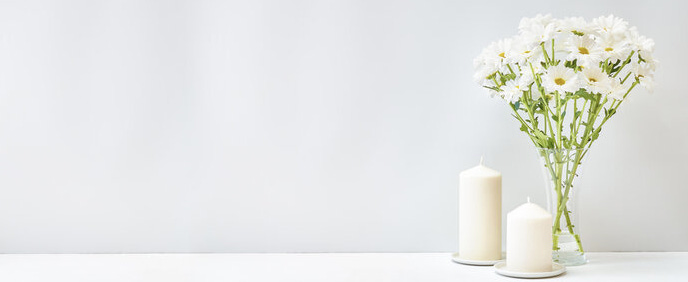

6. COURAGE — A genuine connection begins with risk. Crossing the gulf of conflict and misunderstanding releases a force that opens the heart.
I will let Karen do the talking in this interview:
Bruce: I have to admit that I’m amazed at your courage in addressing conflict. It’s like a switch clicks on, and you go there.
Karen: When I was a child, the prospect of conflict was threatening — life-threatening. Over these years, I’ve learned that conflict is a normal part of life.
Bruce: It’s easy for an armchair philosopher like myself to say that, but conflict is uncomfortable. No one wants to go there.
Karen: Yes, there is a palpable discomfort. It brings up strong emotions like anger, fear, and shame. We try to steer around it or put a band-aid on it. But that’s not the same as addressing it. I have learned to put my strong opinion of the misunderstanding on the shelf for a minute and go towards the person, towards the conflict, and see what I discover. It’s a conscious decision.
Bruce: You enter the burning building because you know a baby is inside. To go into the fire of conflict, do you have to see value in saving the relationship?
Karen: You are driven by the potential for transformation. That’s my motivation. When there is transformation, something is liberated. You must let go of your position — even for a minute — to discover something new.
Bruce: Why is this universally so difficult? I am calling it the human impasse. Is it the risk of discomfort?
Karen: I’m on a cancer journey, so I have learned to face discomfort. The fear factor is embracing the unknown. When you put your hardened opinions aside, the ground you stand on is suddenly less secure. I have two friends who went on a hike together every morning until one day, they had a misunderstanding. Boom, for months now, person A has not been interested in letting go of her opinion that person B wronged her.
Bruce: Life is too short for that.
Karen: As you say, there is a failure of imagination that something better lives on the other side of the impenetrable wall.


7. CONSTANCY — A commitment made outside of time transcends the walls of despair that divide us.
My Sufi teacher, Reshad Feild (1934 – 2016), taught me to make a “commitment outside of time.”
This commitment was invaluable during the two years Karen and I were separated. Because of that commitment, we came back together through grace and a little help. We enjoyed a second child and thirty additional years of unconditional love.
Reshad explained in a talk:
“If we look at our own lives, we will see that nearly every intention we have made is the result of comparison. Our intentions are in relationship with things that have already happened in our own lives or the lives of others. We decide to do something because of the pain we went through last time when we did something else. We make a decision to travel abroad because it is cold and foggy where we are.
It is necessary to set an intention that is not based on the world of comparison and opposites… Herein lies a great riddle. If we are a part of this world, we are made up of the stuff of time. How can we make an intention outside of time? The answer is so simple that the mind cannot possibly understand it!
Action is in life, within time, and subject to the laws of the world. The dervish sets his intention outside of time and then surrenders his will so that the intention can be actualized through him.
The exercise of intention acts as a bridge between the eternal and the temporal. This bridge is the true nature of man. At that intersection of time and the timeless is where the dance is.5
In this world, everything is a measure of performance. If a school isn’t working, we switch. If Keto isn’t dropping the pounds, we try the Mediterranean. Or if a friend is unreliable, we drift away. It’s like the performance clause in a contract agreement. For example, if you license the rights to manufacture your concept to a company that doesn’t perform for some reason, the performance clause gives you grounds to get those rights back.
Human relationships also can carry performance clauses — prenuptial agreements — that define each person’s rights and responsibilities if the marriage ends. Performance clauses are bound in time to protect both parties — but they also pre-predict that things won’t work out.
Divorce, separation, and break-ups are devastating events that feed distrust and push Bondo in future relationships further out of reach.
Reshad asked us to become like the dervish who makes a commitment outside of time. Quoting Reshad, “This constancy carries the relationship “like a leaf caught in the autumn wind, hither and yon so that no one can predict exactly where and how it will land. Only the dervish knows that the leaf will go where it should.”
Bondo is a state of grace that operates beyond the constraints of time. Saying “I do” to a lover, child, friend, or business partner sets that leaf into motion. Where and how it lands is where the dance of Bondo is found.

“This mysterious element within each one of us.”
“It is my belief that every one of us is a vessel that contains a very great energy which goes unattended.
Right now as we sit here, there is something in us that is waiting to be called. And if we attend to it, if we acknowledge it, we will then be in touch with a force that can illuminate. It can transform and shape each one of us and can help to change the world.
When one is still and one listens, then one begins to be in touch with this mysterious element which is within each one of us.”
~ William Segal, ‘A Voice at the Borders of Silence’


